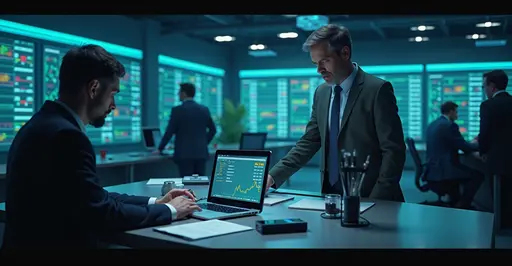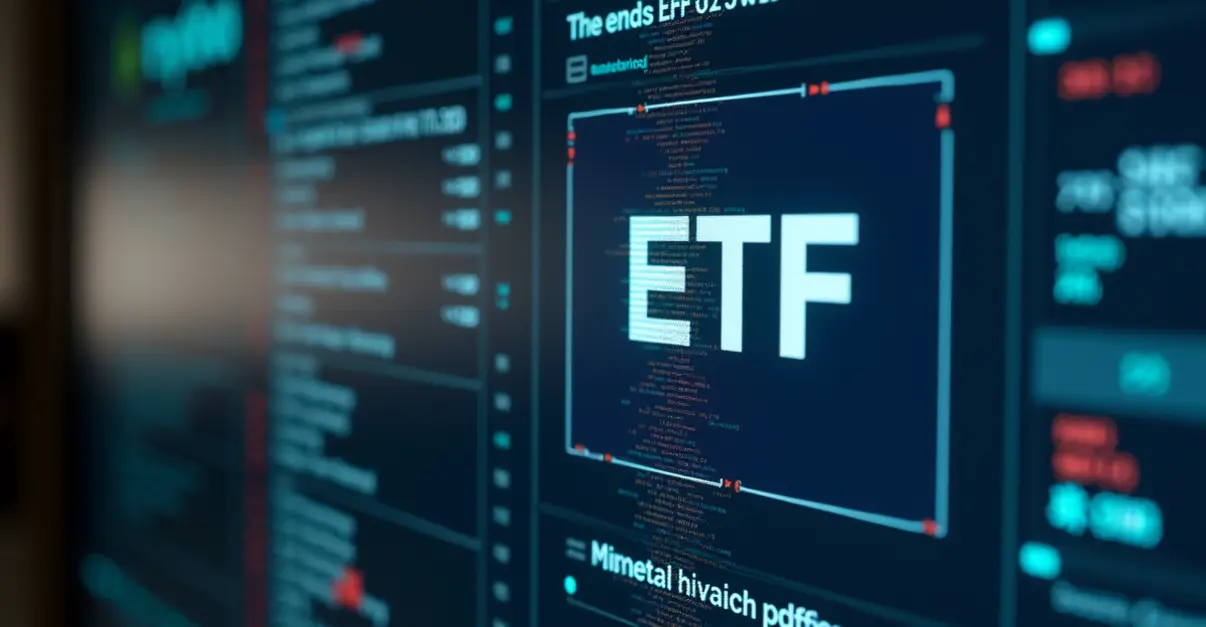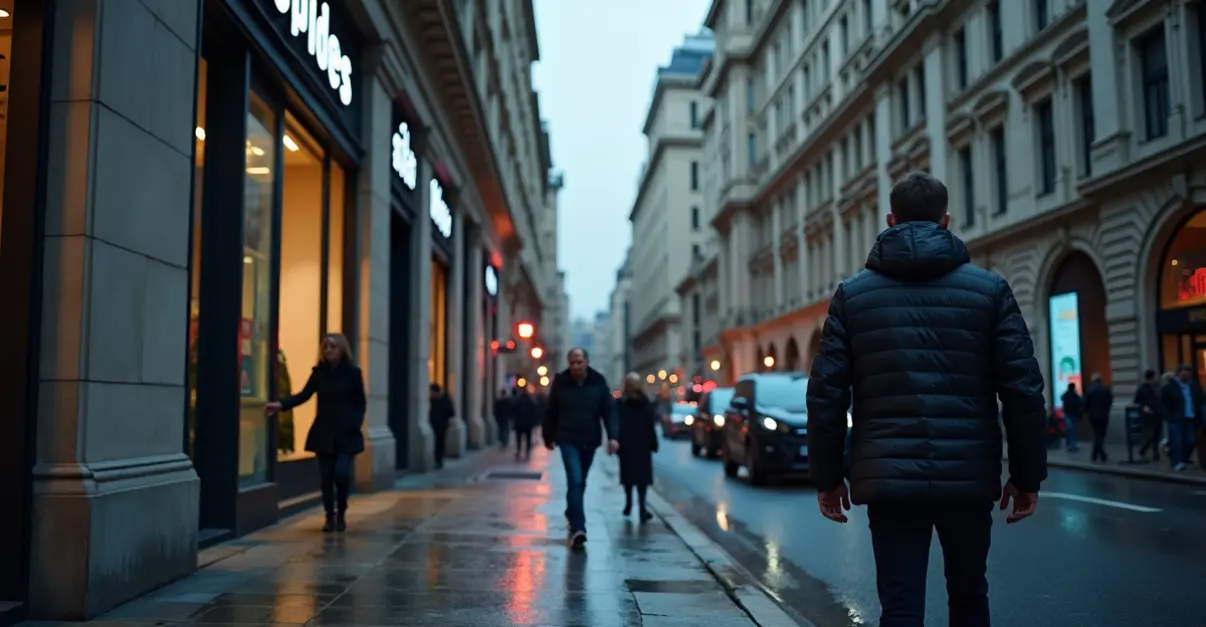Leading crypto exchanges implement Proof of Reserves audits allowing users to verify asset holdings. Kraken and OKX now provide cryptographic verification of reserves through Merkle trees and independent audits, addressing trust issues while acknowledging system limitations.

Crypto Transparency Revolution
Major cryptocurrency exchanges like Kraken and OKX are implementing Proof of Reserves (PoR) audits to restore user confidence following high-profile industry collapses. These verifiable asset reports allow users to confirm exchanges actually hold the crypto they claim, addressing a critical trust issue in decentralized finance.
How Proof of Reserves Works
PoR uses cryptographic verification through a three-step process:
- Exchanges take anonymized snapshots of user balances
- Balances are organized into Merkle trees creating unique cryptographic fingerprints
- Independent auditors verify wallet ownership and compare reserves to liabilities
Industry Adoption Accelerates
Following the 2022 FTX collapse, OKX became the first major exchange to implement PoR in January 2023, showing "the largest clean asset reserves" according to CryptoQuant data. By 2025, exchanges including Kraken now conduct quarterly PoR audits covering spot balances, staking assets, and futures positions.
"We're leveraging blockchain's transparency to rebuild trust," said Kraken's Chief Security Officer. "Users can now verify we hold their assets with just a few clicks." The system also accommodates margin trading and futures positions by adjusting balances based on unrealized profits/losses.
User Verification Made Simple
Kraken users can verify their inclusion in audits directly through their accounts:
- Log into Kraken Pro platform
- Navigate to Account > Proof of Reserves
- Select audit date and click "Verify Yourself"
- Follow cryptographic verification steps
Limitations and Future Developments
Despite its benefits, PoR has limitations:
- Provides only point-in-time verification
- Doesn't account for off-chain liabilities
- Can't detect temporary asset borrowing
- Doesn't prove exclusive key control
Regulatory Implications
Global regulators are increasingly mandating PoR, with Hong Kong requiring licenses for exchanges that include PoR verification. "This isn't just best practice - it's becoming a regulatory necessity," noted OKX President Hong Fang. Exchanges must now maintain banking relationships across jurisdictions to comply with evolving standards.
As the industry matures, Proof of Reserves has become the gold standard for transparency, with exchanges holding over $50 billion in combined assets now providing regular verifiable audits to their users.

 Nederlands
Nederlands
 English
English
 Français
Français
 Deutsch
Deutsch
 Español
Español
 Português
Português









